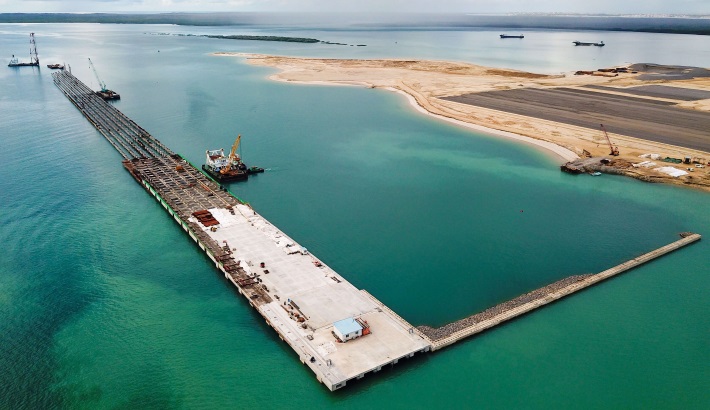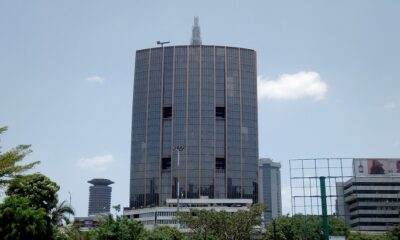Infrastructure
Lamu Port hits key milestone with first berth completion
The facility is now set to welcome the first super post-panamas vessel on October 20.

The much delayed Lamu Port construction project has achieved a major breakthrough with the completion of its first berth, and the facility is now set to welcome a super huge vessel in October.
According to the Kenya Ports Authority managing director Daniel Manduku, the first berth is 100 per cent complete and the first super post-panamas vessel will dock at the facility on October 20.
“The first berth will be capable of handling any kind of vessels especially the self-sustaining vessels. KPA has put in place plans to install three Ship to Shore gantries by the time the remaining two berths are ready for operation in October 2020,” Dr Manduku said in a statement.
The Lamu Port-South Sudan-Ethiopia-Transport (Lapsset) Corridor Development Authority, which is supervising the project, had earlier said on social media that the second and third berths will be completed by December 2020.
Construction of the berth began in October 2016, and the contractor – China Communication Construction Company – was expected to complete works by March 2018. However, this did not happen due to “unforeseen circumstances”, according to Lapsset Corridor Development Authority director general Sylvester Kasuku.
Nevertheless, Mr Kasuku maintained that the three berths planned for phase one of the Lamu Port development project would be finalised within the official timeline of 2020.
“China Communication Construction Company is expected to complete construction of the (first) three berths by the year 2020 at a cost of Sh48 billion,” he said during a tour of the project last year.
Public private partnerships
Kenya plans to set up three berths before opening the other components of the Lapsset corridor project to private investors who will set up the Lamu Port through public private partnerships.
The plan is to construct 21 berths by 2030, a development that will see the facility exceed the capacity of the port of Mombasa – whose 18 berths are unable to handle rising amount of cargo.
The berths will have a 400m quay length and 14-18m draft on a distance of 6,000m – making Lamu Port the biggest deep sea harbor in the east coast of Africa.
The port of Lamu will be ten times bigger than its Mombasa counterpart – which has a maximum capacity of 2.5 million Twenty Foot Equivalent Units (TEUs) a year. It will handle up to 20 million TEUs annually.
The facility, which is being built at Kililana in Lamu West, will be capable of handling crude oil carrier with dead weight tonnage of up to 200,000 tonnes and a capacity of two million barrels of crude.
EXPLAINER: A berth is basically a designated location in a port or harbor where vessels may be moored for the purposes of loading and offloading.












